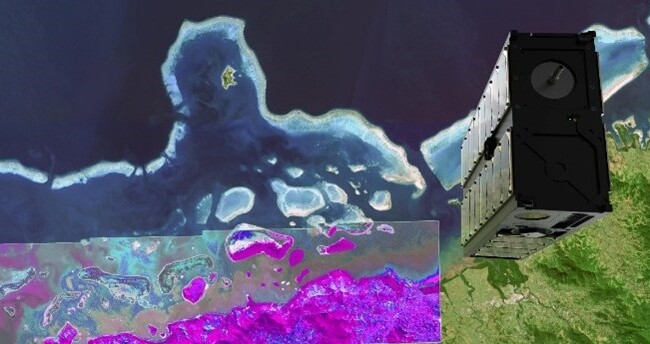The European Space Agency (ESA) has announced a call for proposals for satellite-based services focused on the “Blue Capital.” The opening for proposals began on May 5 and will close on June 14 of this year. “Funding will be provided by the European Space Agency for 6-month studies called ‘Kick-Starts’, which can lead to larger scale Demonstration Projects. Kick-Starts are 75 percent funded by ESA up to a maximum of €60,000 ($65,000) per contract. Proposed services must use satellite data or space-based technologies. Please see the ‘Authorization of Funding’ section below to check whether your team is eligible for funding,” says the Agency’s February press release.
The fisheries-related areas of focus include monitoring services to track oceanic parameters, in which the agency is looking for projects that will replicate and add to aspects of NASA’s Pace Program, which uses a satellite to monitor phytoplankton, aerosols, and cloud cover, and the environment.
In addition, the agency is looking for proposals specifically focused on fisheries and aquaculture, such as services that can use satellite technology to gather information on marine resources and their distribution, detect the location of fish aggregations, track migratory patterns, and assess fishing activity. According to the ESA, the aim is “to implement sustainable fishing practices and prevent overfishing.”
The ESA has been kickstarting projects for over a decade, and past fisheries projects have largely focused on wild fisheries. iFish North Sea aimed to develop satellite communication for sending and receiving relevant fisheries data in near real-time to/from the central message hub as well as for off-shore communication.
Another past project, FISHSAT, addressed a perceived need for better product traceability, better market prices, lower operational costs, and reduction of illegal and unregulated fishing. Using innovative integration of space assets with conventional information and communication technologies, FISHSAT sought to design a prototype distribution system onboard & onshore that would provide information services for more efficient and sustainable fisheries.
The ESA-supported Glaucus project sought to augment navigation systems to help fisheries optimize their navigation routes and identify the best fishing grounds. While a few of these past projects grew legs and walked on their own, they produced information that was used by other players.
The ESA’s latest call for proposals it can kickstart appears to be more aligned with the needs of aquaculture, particularly finfish farming. For example, the call specifically asks for services to “monitor fish health,”; “services for continuous remote monitoring of water quality parameters seafloor health,” and “services to help optimize aquaculture feed usage,” according to the ESA.
While the ESA maintains an interest in wild fisheries, it’s not about providing services. The agency also wants to see surveillance services to “help monitor and detect illegal fishing activities near aquaculture sites.”







